Ritan Park
The blocks surrounding Ritan Park, or Temple of the Sun Park, are some of the most eclectic in Beijing, with Chinese, Russian and Western influences at every turn. Featuring three of the best markets in town, the area is teeming with bargain-hungry shoppers, as well as diplomats who call the local Jianguomen embassy district home, and Slavic traders selling furs in the stalls of 'Little Moscow'.
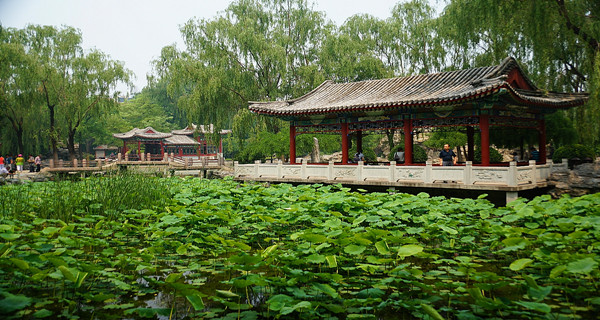
Ditan Park
Ditan, or the Altar for the Earth and the Temple of Earth, was built in 1530 during Ming Dynasty. It was the place where the emperors in Ming and Qing Dynasties who would attend the annual summer solstice ritual of sacrfices to the earth. In 1925, the Temple of Earth was built into a park open to the public. Later the park was destroyed and discarded due to the successive wars. The park was repened to the public in April, in 1957
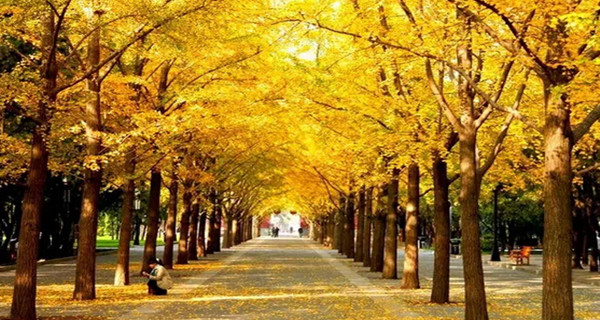
Ditan Park has four entrances–South, North, East and West. Its south gate is easily reached by taking the Subway line 2 and you get off at the station of Lama Temple and exit from Exit A and walk to the north for about 300m, you will get to the southern gate to Ditan Park. We recommend that you make a circular tour of the park from the south gate, to East Gate, North Gate and exit from West Gate, or back to the southern gate.
Zhongshan Park
Zhongshan Park is in honour of Sun Yat-sen, better-known in Chinese as Sun Zhongshan, who is considered by many to be the "Father of Modern China". It is situated to the west of Tian'anmen Rostrum in the heart of the Inner City of Beijing. It is the site of the former Altar of Land and Grain.
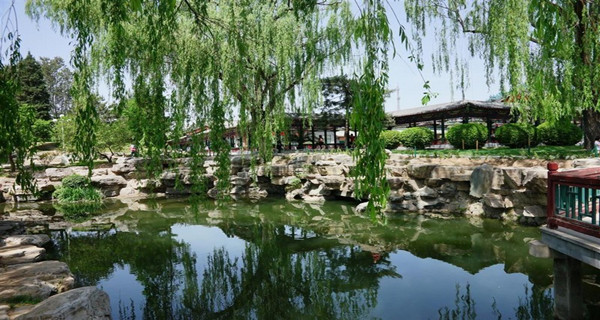
Entering through the main southern entrance, one comes to a large vestibular pavilion with long corridors running off to the east and west. In the front of the pavilion is a white marble memorial archway erected by the Qing government to commemorate the German Minister Baron von Kettler, who was killed during the Yihetuan Movement ("Boxer Rebellion") in 1900.
Purple Bamboo Park
The Purple Bamboo Park is located west of Beijing Capital Gymnasium, built in 1953. There is a Ming dynasty Buddhist temple called Purple Bamboo Temple inside, hence the name of the park. Purple Bamboo Park is one of the seven largest parks in Beijing.
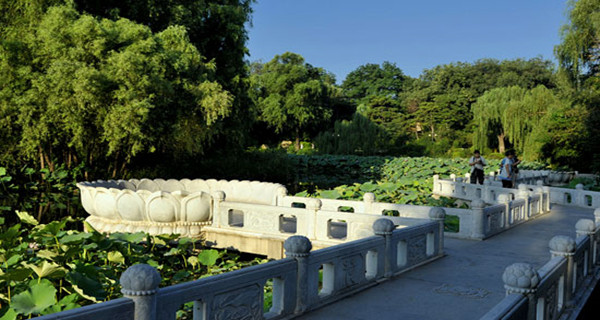
The park has three connecting lakes covering 11 out of the park's 14 hectares. Earth dredged from the lakes was pilled up to form several small hills on the eastern shore to complement the natural hills that line the lakes' western shores. Five bridges connect the lakes, islands and hills into a single integrated area. On islands and the banks of the lakes, flowering shrubs, trees and flowers have been planted with a generous hand. To the north of the lakes the famous Changhe River flows slowly by.
Changpu River Park
Changpu River Park is the small park behind the long red wall between the Beijing Hotel and The Forbidden City. Foreign media reckons this must be the most immaculate park in Beijing. The river is well stocked with a variety of gold fishes that are swimming about in the river. An arch bridge and two curved bridges that modelled after the old architectural style were built across the river.
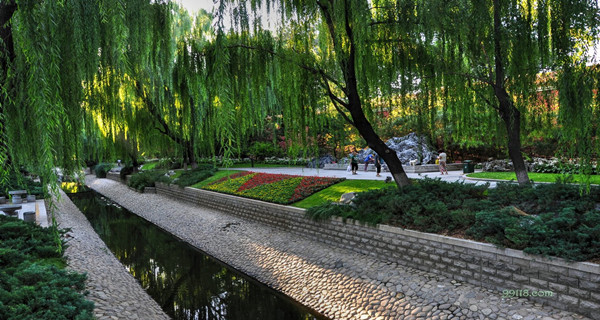
Chang Pu River's formal name is Outer Part of Golden River. It flows eastwards into the Yu River (imperial river) along the south wall of the Imperial City in front of Tian’anmen Gate. In the late 1960s, the outer part Golden River was covered and warehouses in which to store adornments for Tian’anmen Square pageants were built over it.




